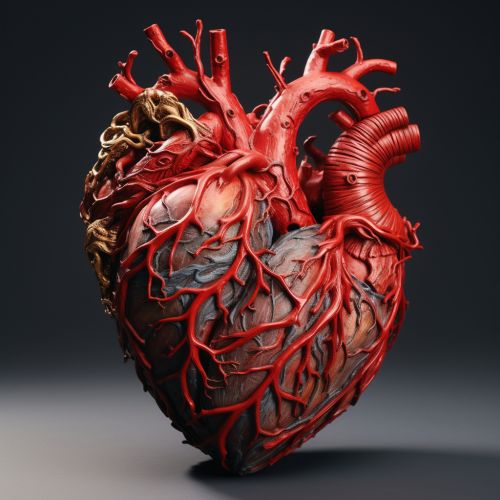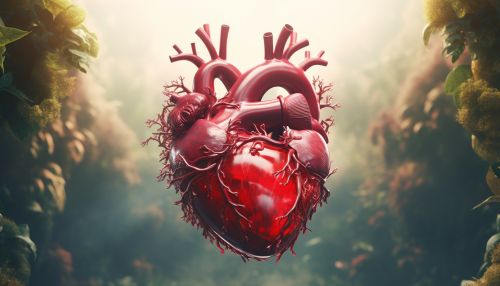Cardiomyopathies
Introduction
Cardiomyopathies are a group of diseases that affect the heart muscle. These conditions are characterized by abnormal heart muscle structure and impaired function, which can lead to heart failure, arrhythmias, and other complications. Cardiomyopathies can be classified into several types, including dilated cardiomyopathy, hypertrophic cardiomyopathy, restrictive cardiomyopathy, arrhythmogenic right ventricular cardiomyopathy, and unclassified cardiomyopathies. Each type has distinct clinical features, diagnostic criteria, and treatment strategies.


Classification
Cardiomyopathies are classified based on their morphological and functional characteristics. The major types include:
- Dilated cardiomyopathy (DCM): This is the most common type, characterized by dilation and impaired contraction of one or both ventricles.
- Hypertrophic cardiomyopathy (HCM): This type is marked by hypertrophy or thickening of the heart muscle, especially in the left ventricle.
- Restrictive cardiomyopathy (RCM): This is the least common type, characterized by rigid heart walls that restrict the filling of the ventricles.
- Arrhythmogenic right ventricular cardiomyopathy (ARVC): This type involves progressive replacement of right ventricular myocardium with fibrofatty tissue, leading to arrhythmias and right ventricular dysfunction.
- Unclassified cardiomyopathies: These include other types of cardiomyopathies that do not fit into the above categories, such as left ventricular noncompaction.
Pathophysiology
The pathophysiology of cardiomyopathies involves various mechanisms, depending on the type of cardiomyopathy. These can include genetic mutations, autoimmune responses, metabolic disorders, and environmental factors.
In DCM, the dilation and impaired contraction of the heart's ventricles can lead to systolic dysfunction and reduced ejection fraction. In HCM, the hypertrophy of the heart muscle can cause diastolic dysfunction, outflow tract obstruction, and arrhythmias. In RCM, the rigidity of the heart walls can lead to impaired ventricular filling and diastolic dysfunction. In ARVC, the replacement of myocardium with fibrofatty tissue can cause arrhythmias and right ventricular dysfunction.
Clinical Presentation
The clinical presentation of cardiomyopathies can vary widely, depending on the type and severity of the condition. Common symptoms can include fatigue, dyspnea, chest pain, palpitations, and edema. In severe cases, cardiomyopathies can lead to heart failure, arrhythmias, thromboembolism, and sudden cardiac death.
Diagnosis
The diagnosis of cardiomyopathies involves a combination of clinical history, physical examination, and diagnostic tests. These tests can include electrocardiogram, echocardiogram, cardiac MRI, and genetic testing. In some cases, endomyocardial biopsy may be performed to confirm the diagnosis and identify the underlying cause.
Treatment
The treatment of cardiomyopathies aims to manage symptoms, prevent complications, and improve quality of life. This can involve lifestyle modifications, medications, devices like pacemakers or defibrillators, and in severe cases, heart transplantation. The specific treatment strategy depends on the type and severity of the cardiomyopathy.
Prognosis
The prognosis of cardiomyopathies can vary widely, depending on the type and severity of the condition, the patient's age and general health, and the effectiveness of treatment. With appropriate management, many patients with cardiomyopathies can lead a normal life. However, some types of cardiomyopathies can be progressive and life-threatening.
